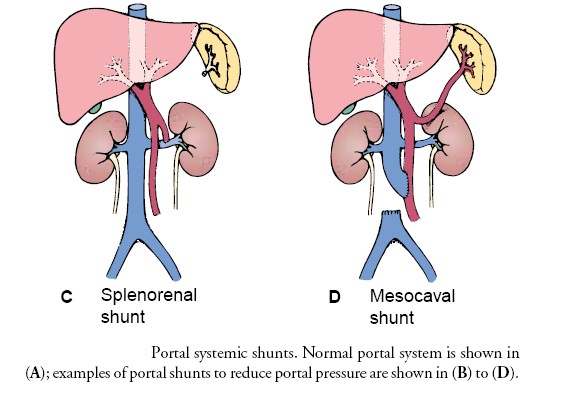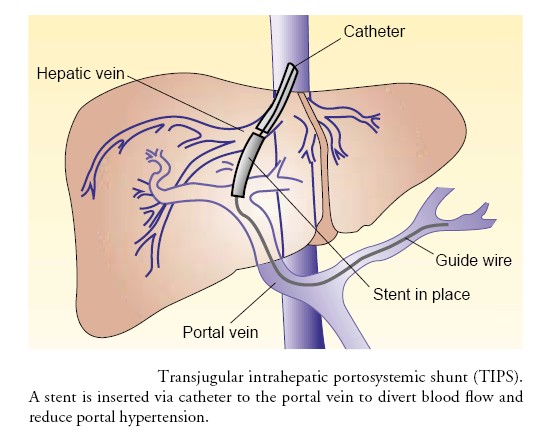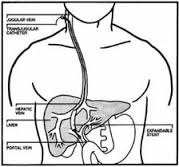Cirrosis of the Liver
Mr.Kannan, 47 years old man is admitted in medical ward with Cirrhosis of Liver
- Define cirrhosis of liver
- Write etiology and clinical manifestations
- Write nursing care plan for Mr.Kannan using nursing process
Definition
Cirrhosis Liver is a late stage of hepatic fibrosis
With distortion of normal hepatic architecture.
Regenerative nodules surrounded by dense fibrosis.
Aetiology
Chronic Alcoholism
Chronic Hepaitits C, B
Injury to the bile ducts as in mechanical bile duct obstruction
Primay biliary cirrhosis
Primary sclerosing cholangitis
Clinical Manifestations
Symptoms and Signs
Asymptomatic for years.
Generalized fatigue (due to cytokine release)
anorexia
malaise
weight loss
Liver is palpable and firm
Muscle wasting
Palmar erythema
Parotid gland enlargement
White nails
Clubbing
Dupuytren contracture
Spider angiomas
Gynecomastia
Axillary hair loss
Testicular atrophy
Peripheral neuropathy.
Abdominal distention
Ascites
Abdominal discomfort with fever or hepatic encephalopathy
Spontaneous bacterial peritonitis
Calf pain or swelling, symptoms of pulmonary embolism
Thromboembolism
Hepatopulmonary syndrome
Confusion, lethargy
Hepatic encephalopathy
Dyspnea, hypoxia
Anemia due to bleeding, hypersplenism, undernutrition with deficiency of folate (or iron or vitamin B12), chronic disease, or effects of alcohol (eg, bone marrow suppression)
Fluid overload, oliguria
Hepatorenal syndrome
Osteoporosis
Symptoms of infection
Jaundice
Petechiae, purpura, bleeding
Thrombocytopenia
Coagulopathy due to impaired liver synthetic function, vitamin K deficiency, or both
Pruritus, xanthelasmas
Rectal bleeding
Splenomegaly
Steatorrhea
Upper GI bleeding, Esophageal varices
Treatment
Transjugular intrahepatic portosystemic shunt (TIPS)
A procedure that may be used to reduce portal hypertension and its complications, especially variceal bleeding.
May be done by a radiologist, who places a small wire-mesh coil (stent) into a liver vein to shunt the portal blood which is not able to pass through liver due to scarring into a hepatic vein ( → IVC )
Nursing Care
Patient with ascites :-
assess the patient's condition
I/O Chart
Monitor abdominal girth
Daily weight measurement
Monitor serum ammonia and electrolytes
Look for indicators of encephalopath.
Promoting Home and Community-based Care
Teach Patients Self-Care.
Teach the patient and family about the treatment plan
To avoid all alcohol intake
To adhere to a low-sodium die
To take medications as prescribed
Teach skin care
To look for signs and symptoms of complications.
Weigh the patient daily
abdominal girth, skin, and cognitive and emotional status.
Continuing Care.
Arrange visits by home-care Nurse.
Explain how to contact Alcoholics Anonymous or alcohol counselors in related organizations.
• Demonstrate how to care for skin, alleviate pressure over bony prominences by turning when in bed or chair,
and decrease edema by position changes.
Identify early signs and symptoms of complications (encephalopathy, spontaneous bacterial peritonitis,
dehydration, electrolyte abnormalities, azotemia).







